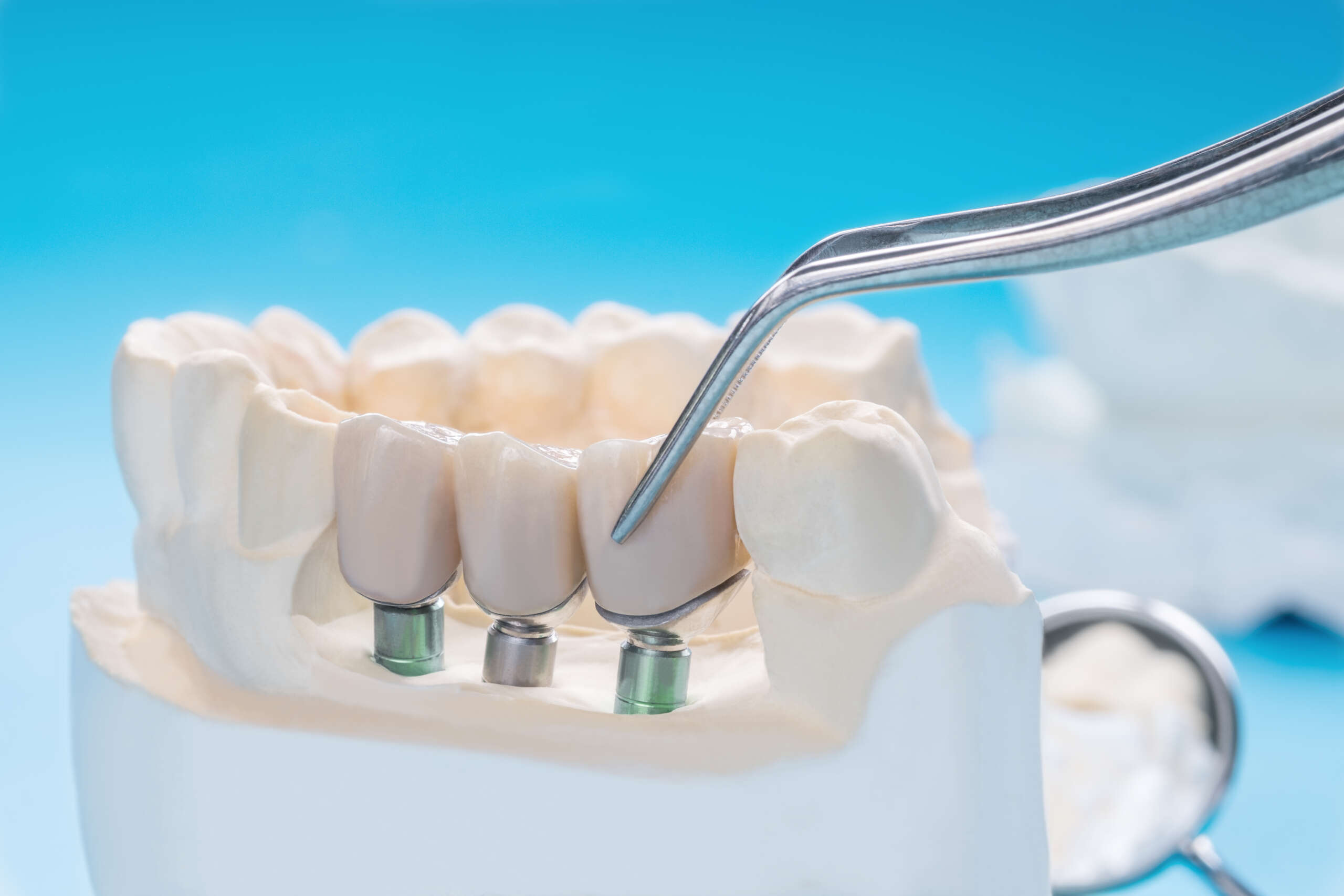
What is Pedodontics Treatment?
Paedodontics is a dental specialisation concerned with the care and treatment of children’s teeth. It is also known as paediatric dentistry because it treats children from birth to adolescence. It has two goals: to care for children’s teeth and to educate parents about proper dental hygiene and maintenance for their young children.
Early oral examinations can lead to early discovery of dental disorders, averting serious and long-term damage to children’s teeth, which is the foundation of paediatric dentistry’s success. Oral examinations must be performed at a dental clinic.
What is the Role of a Pediatric Dentist?
Pediatric dentists are responsible for a wide range of vital tasks relating to a child’s oral health and cleanliness. They give a special emphasis on the proper maintenance and treatment of deciduous (baby) teeth, which are necessary for good chewing habits, proper speech production, and the preservation of space for permanent teeth.
Other crucial features include:
Pediatric dentists use models, computer technology, and child-friendly terminology to teach children about the necessity of maintaining their teeth strong and healthy. They also provide advice to parents on disease prevention, trauma prevention, healthy eating habits, and other elements of housekeeping.
Monitoring Growth — By regularly tracking growth and development, paediatric dentists can anticipate dental concerns and intervene immediately before they worsen. Early intervention also helps to sustain a child’s self-esteem and promotes a more positive self-image.
Paedodontic treatment:
The dentist may need to perform many procedures during paedodontic treatment, including the ones outlined below:
- Fillings – This procedure involves removing any decayed or broken tooth structure and replacing it with a filling. After that, metal, plastic, or other filler materials are used to fill the hole. The process prevents the decay from growing deeper into the tooth and exacerbating the situation. When a tooth is badly damaged or infected, or when a child’s teeth are overcrowded, tooth extractions are performed.
- Dental Crowns – In order to heal significantly damaged teeth in young children, dental crowns may be required. The technique begins with the elimination of caries or cavities, as well as the reduction of the tooth’s size to allow for the crown. Root canals are commonly used to treat damaged or infected teeth, as well as trauma that cause tooth loss.
- Dental X-rays – Dental x-rays are a common part of a dental exam. X-rays can be used by dentists to detect bone damage, tooth rot, impacted teeth, and dental injuries, among other things.
- Sealants – Once a child’s molars appear, dentists may recommend sealants to preserve the tooth’s surface from wear and tear.
What Services Do Pediatric Dentists Provide?
- Pulpectomy or Root canal treatments for badly decayed teeth
- Stainless steel crowns are available (SSCs) Back teeth that have gotten too deteriorated to tolerate white fillings are restored with stainless steel crowns.
- Colored Fillings for Teeth (Composite Resin)
- X-Rays are a type of radiography (Radiographs)
- Teeth cleaning, often known as dental cleaning, is a procedure that involves cleaning the teeth (Prophylaxis).
- Fluoride to prevent development of cavities
- Tooth Removal.
In some circumstances, paedodontic treatment may include interceptive orthodontics. This is carried out by an Orthodontist & Dentofacial Orthopaedist. Orthodontics, for example, is most typically performed during a child’s adolescent years because this is when the teeth and jawbones are most easily aligned. Orthodontic therapy can help teenagers avoid a variety of potential teeth problems as they grow older.
Ekdant
Our Other Services
Office Hours
- Monday:7:00 am – 7:00 pm
- tuesday:7:00 am – 7:00 pm
- wednesday: 8:00 am – 5:00 pm
- thursday: 8:00 am – 4:00 pm
- friday:7:00 am – 7:00 pm
- saturday:Closed
- sunday:Closed
Ask the Expert
Have a brief question you would like answered by one of our experts? Please use the form below:



